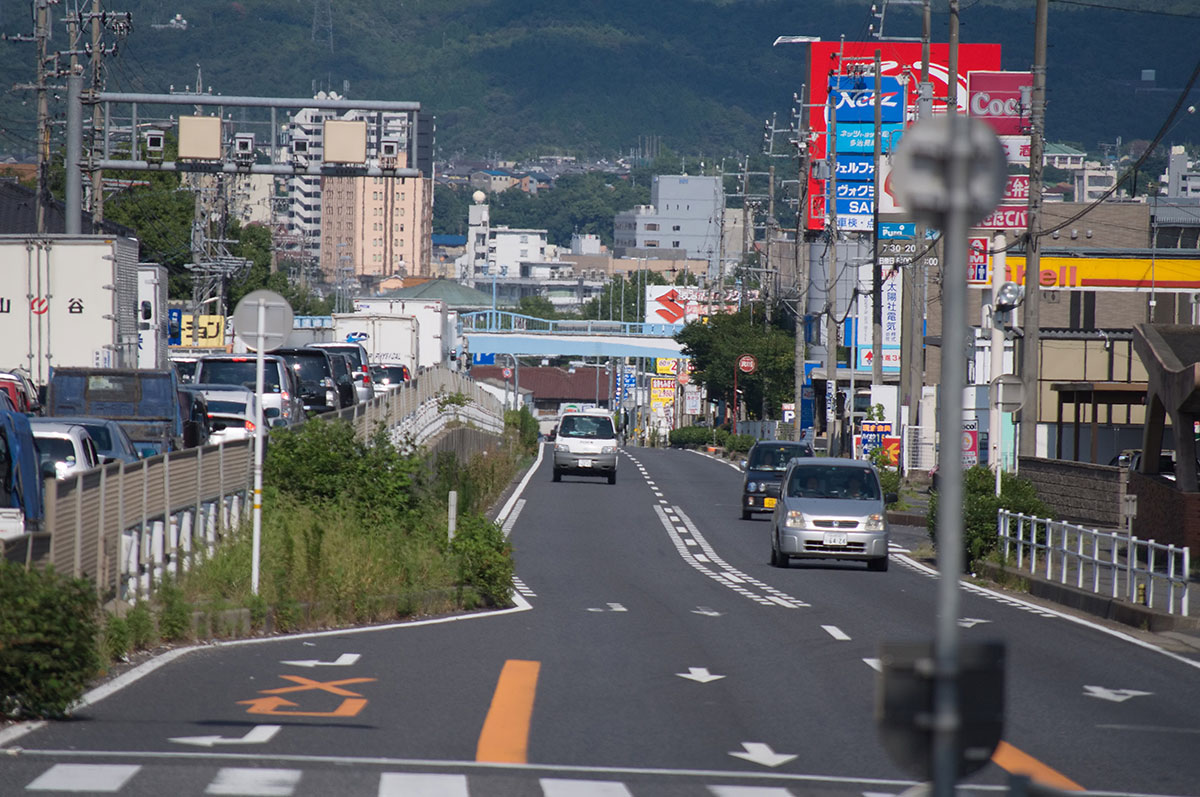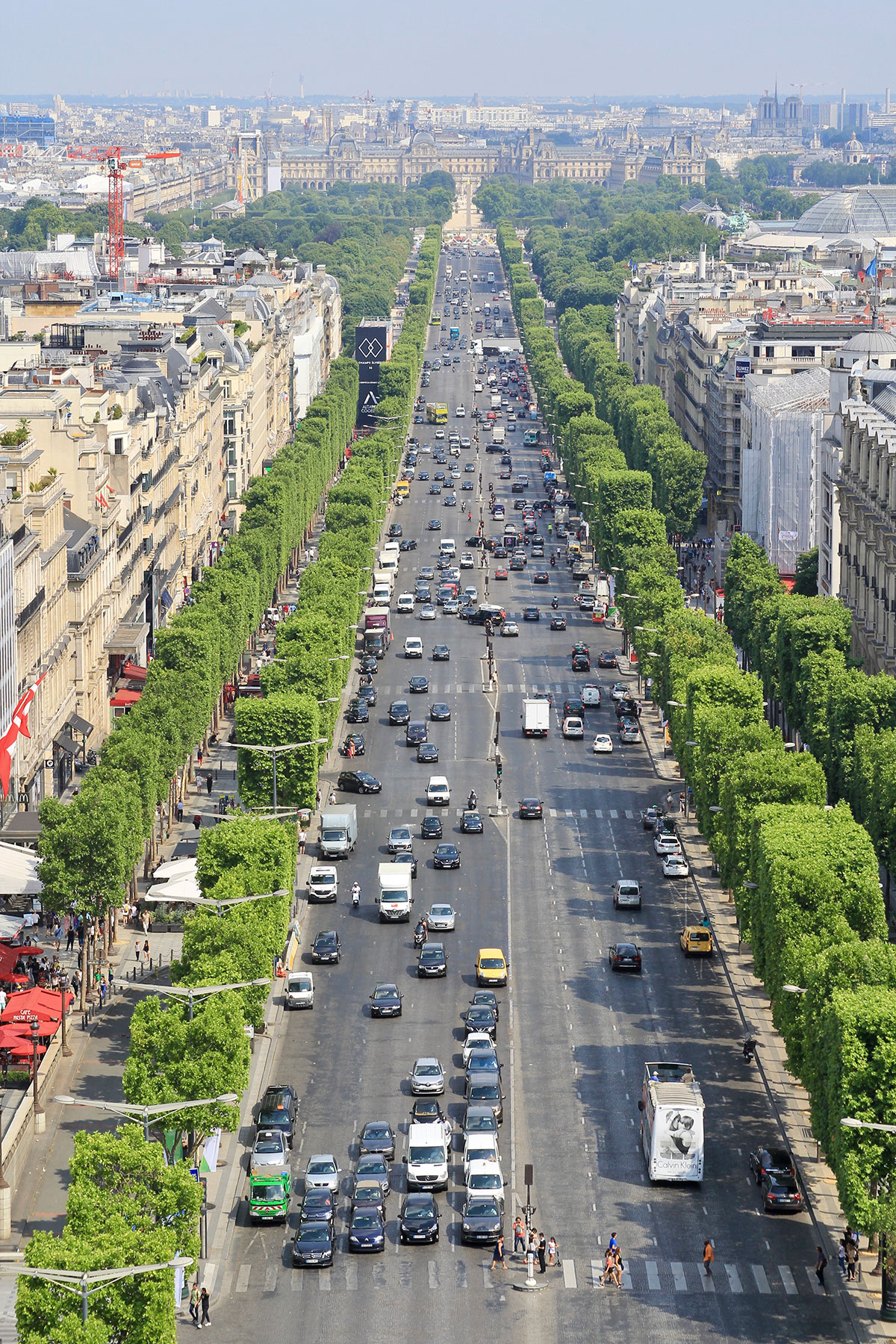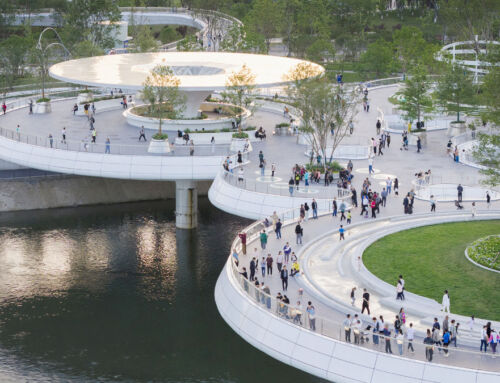The American urban planner and municipal engineer Charles Marohn (then founder and president of Strong Towns, a non-profit organisation for the restructuring of suburbs and for concentrated urbanism) coined the word “stroad” in 2011, a combination of “street” and “road”. It is a term that has become popular among urban planners and refers to a public road that serves – or attempts to serve – both the intensive passage of vehicles and the everyday life of people.
Stroads are characterised as noisy, pollution-filled and very impractical places for both vehicles and people. Even more seriously, they are dangerous. In this regard, Smart Growth America, which is dedicated to empowering American communities “through technical assistance, advocacy and thought leadership” so that they can “enjoy living in a place that is healthy, prosperous, and resilient” regardless of where they live, reports that over the past 30 years in the United States there has been “an alarming increase in the numbers of people struck and killed while walking”.

Graham Coreil-Allen en Baltimore, MD | Smart Growth America

Graham Coreil-Allen en Baltimore, MD | Smart Growth America
While it is clear that all these fatal accidents do not occur only on stroads, despite the fact that there are hardly any studies on the subject, they certainly do not help to solve the problem. In fact, Marohn’s Strong Towns asks the following question in a publication by scholar Nathaniel M. Hood: “Do stroads cause more accidents? And he replies that “academic research seems to indicate that they do”. And in a statement that falls within the realm of sociology, he adds that “whether we like to admit it or not, as long as it doesn’t slow down our commute, we really don’t care if someone gets into a minor, non-serious fender bender”. However, a question that is closer to the interest of this study, “while it’d be naive to think design alone could reduce accidents,” says Hood, “it can help. He concludes: “It’s not just the design of the road, it’s the design of the community, the buildings and the people”.
It is now time to consider the concept that urban planners, traffic and highway engineers, public health professionals and community members in the United States and Canada refer to as “complete streets“. Therefore, complete streets are, according to Smart Growth America without going any further, streets for all; they are the result of “an approach to planning, designing, building, operating, and maintaining streets that enables safe access for all people who need to use them, including pedestrians, bicyclists, motorists and transit riders of all ages and abilities”. And it is no coincidence that this idea originated in the United States and Canada, as their populations often rely on cars for travel. The car is – or has been for too long – at the centre of public transport, infrastructure and land use policies.
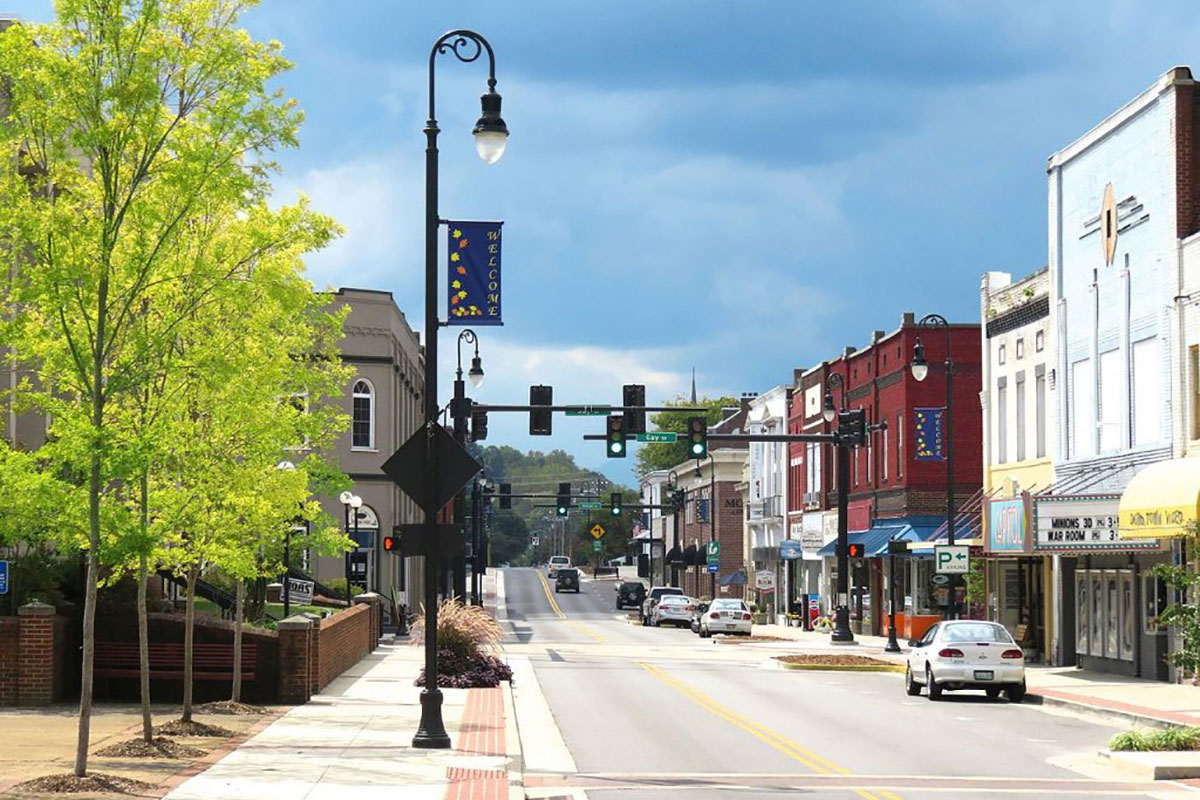
City of Erwin, TN | Smart Growth America

City of Erwin, TN | Smart Growth America
However, as Smart Growth America warns, “there is no singular design prescription for Complete Streets”. Indeed, each one is unique and responds to a different context, whether that of rural communities, suburban areas or urban centres. In any case, a complete street will include pavements, bicycle lanes, or wide paved shoulders, dedicated bus lanes, convenient and accessible public transport stops, frequent and safe pedestrian crossings, median islands, clearly visible pedestrian signs, kerb extensions, narrower travel lanes, roundabouts, and much more.
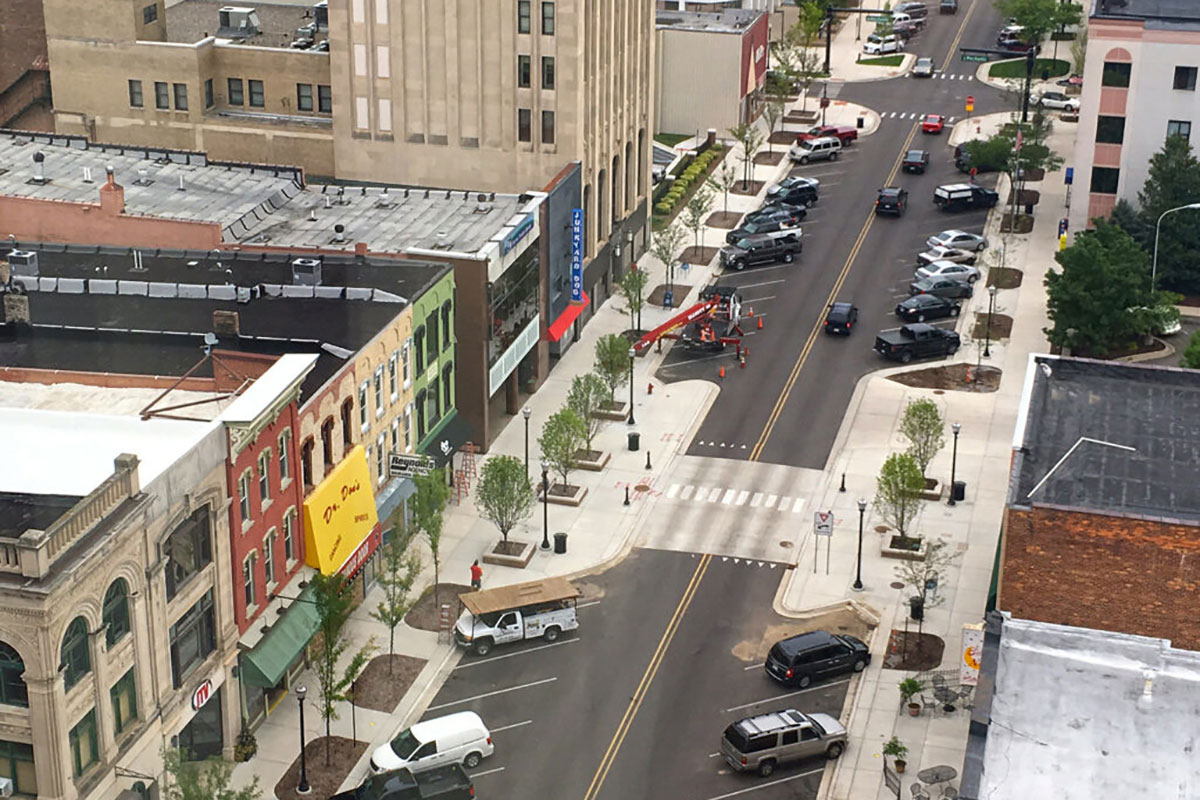
Michigan Municipal League | Smart Growth America

Michigan Municipal League | Smart Growth America
In 1971, Oregon, USA, enacted the first laws requiring new or reconstructed roads to accommodate bicycle traffic and pedestrians. Since then, public initiatives to encourage the design and construction of complete streets have multiplied in numerous states across the country. The latest step was taken in 2021, when the U.S. House of Representatives and Senate introduced a federal complete streets law, based on a similar Massachusetts law. According to that law, “the Secretary shall require each State and metropolitan planning organization to adopt and implement standards for the design of Federal surface transportation projects that provide for the safe and adequate accommodation of all users of the surface transportation network, including motorized and nonmotorized users, in all phases of project planning, development, and operation”.



